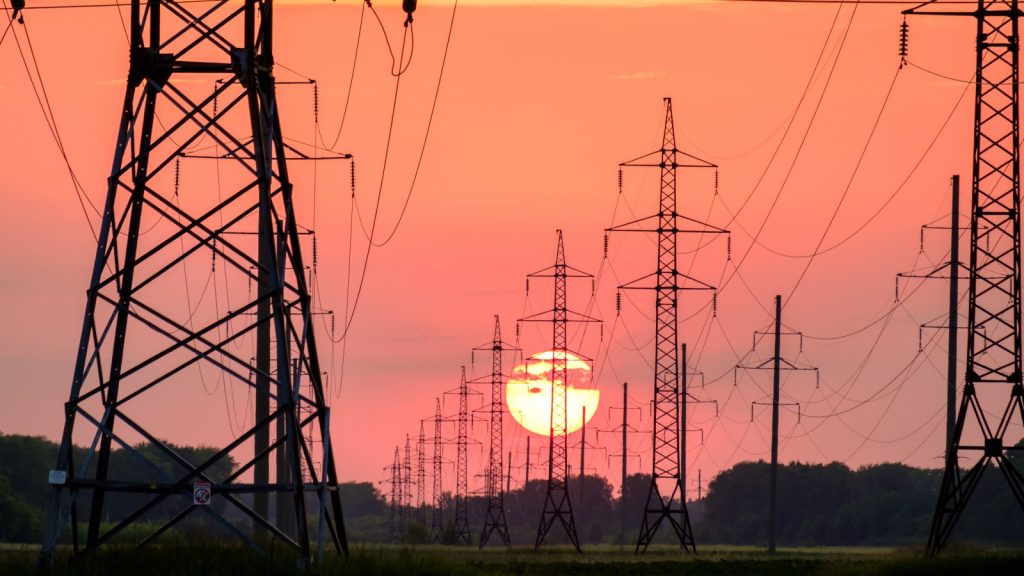OpenAI has launched GPT 5.2, a major model upgrade now available in both the API and ChatGPT. It is described as the company’s most…
The brutal impact of Eskom’s load shedding

Industries are buckling in what can be described as the longest sessions of blackouts in South Africa.
As the country grapples with erratic scheduled and unpredictable nationwide rollouts of electricity outages many industries are experiencing the effects of the outages.
Expert warning
Experts have warned that the country’s economy could suffer due to the recurring blackouts, and the wrath of the blackouts is fast becoming a reality.
Rolling blackouts mean companies that rely on power to operate such as bakeries, construction, manufacturing, alongside other textile industries cannot survive without power.
From barbershops to bakeries the impact of power outages ranges at around 1 billion per stage each day.
Tourism and the hospitality industry around the country has been hard hit, with many without a secondary plan for outages. Outages mean cancelled plans by travelers. Outages also impact food and beverage services, restaurants, theatres and retail facilities.
This will result in unwanted revenue losses.
How much money Eskom load shedding cost
According to a recent report, Alexforbes Chief economist Isaah Mhlanga estimated Eskom’s prolonged stage 6 load shedding cost over R 4 billion from the GDP each day it continued, a significant damage to the countries economy.
Businesses are usually hard hit, as overheads need to be paid despite income interrupting outages.
Network operators
Cellphone reception challenges have crept up, signaling that the mobile network industry is also feeling the pinch. Power outages are now threatening the industry’s reliability.
Networks are finding it a challenge to schedule battery backups impacting when some areas have reception.
Jobs
Many employees will unfortunately face the axe due to companies unable to retain their services.
Industries may loose even further as specialists in many industries will opt to immigrate to different countries costing the country millions in experienced professionals leaving.
The impact is serious, and energy analyst Ted Blom said a different approach was need to remedy some issues at Eskom.
“You need very clear guidelines of what’s going on.”
What is load shedding?
It all started with a term coined in the country in 2007 when Eskom, the country’s electricity utility noticed it’s inability to produce power to the entire country at the same time.
This led to Eskom implementing a blackout schedule, now known as load shedding, in order to cut power in certain regions on schedule, as a means to keep the national power grid from collapsing.
The extent of the load shedding stage, Stage 1 being the least serious, and Stage 8 – the most serious, depends on the shortage of generation capacity required to meet the country’s electricity demand.
Power outages are expected to last about 2.5 hours, but due to Eskom’s critically stretched power plants, rolling blackouts are hard to plan for.
Also read: Why Stage 15 load shedding is a switch to a very short fuse

